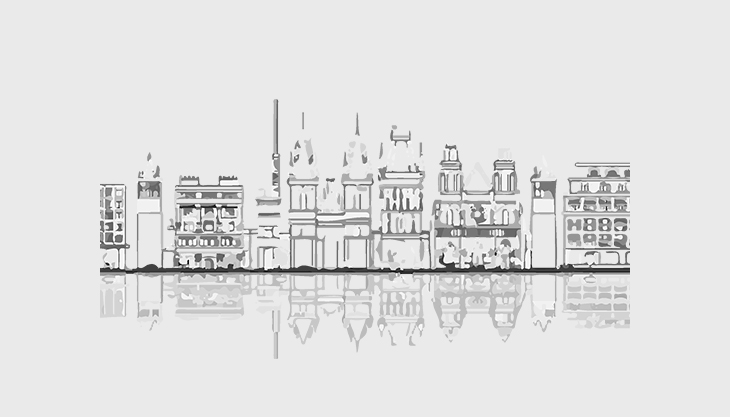
Prague, Czech Republic
This is an itinerary for Prague including points of interest, suggestions and other tips.
This itinerary promises a unique experience of the city drawn up from an urban designer’s perspective, myself. The aim is, for the traveller, to experience the old glory and the new town, the architecture and other key features, whilst also going one step further, under the surface, to analyse the surroundings.
It is very important, on every trip, to scratch the surface and go deeper than just looking at the architecture and hot tourist spots. Understanding a place means that one fully embraces all its qualities, both positives and negatives. This is the true ‘sense of place’ and this is what is offered here with this itinerary.
QUICK OVERVIEW – WHAT TO EXPECT
The old glory
The old parts of the city, both the city centre and Mala Strana neighbourhood, are characterised by rich architecture (of many styles), organic street patterns, narrow streets and a strong sense of enclosure. Those, combined with spill out cafes, public squares, pocket parks and active frontages along every alley, create a human-scale environment; the ideal place for pedestrians. Due to the city’s compact layout, there is a pedestrian-friendly atmosphere. This gives people the impression that the city is smaller than it actually is, making walking easy.
In addition to this, there are also places that break this enclosed feel and offer a feel of openness. This can be more appreciated in Mala Strana due to the hilly landscape which creates opportunities for breaktaking views towards the entire city (e.g. St. Vitus Cathedral area and area around Petrin Tower).
New town
Moving away from the historic core, one can also experience the new scene where examples of contemporary architecture can be found. The so-called new town offers a different environment compared to the enclosed/introverted old town. Streets are wider, there are less irregular building lines, whilst modern architecture co-exists with some older architectural styles.
On the edge
The scene along the riverfront is quite distinct from the usual ‘european’ scene and for that reason it is worth experiencing it. Starting from the northern side, the riverfront is disconnected from the rest of the city and not welcoming at all, since there are limited active frontages to attract movement and thus, life. The only point of interaction is Charles bridge, and possibly Manes Bridge as well, which is surrounded by activity nodes and also offers a connection to the opposite side.
Moving towards the south, especially in the section between Charles Bridge and Legion Bridge, where the new part of the town emerges, some more ‘european-style’ approaches are introduced. More specifically, the riverfront is characterised by wide pavements, with street trees, seating areas, whilst there are some activities going on (e.g active frontages, interventions, art etc.) attracting people.
In addition to this, places like Shooters’ Island, Kampa Park and Park Cihelna offer immediate connections to the river, throwing one more water experience into the mix. In general, it is interesting to see how many amazing opportunities that city has to explore and capitalise on when it comes to a closer relationship with the water. And the only way to see those opportunities is by walking.
My blog post Prague vs Budapest expands even further on the above points. Worth checking it before visiting Prague to get a better insight of the city.
Please reach out to hello@stelakontogianni.com to share your thoughts about this route or any suggestions/ideas of other places I should talk about next.
